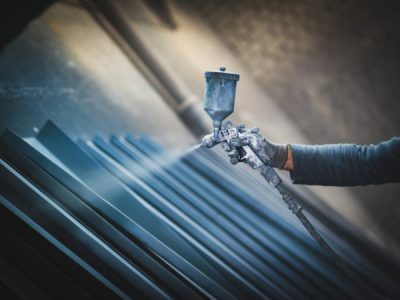Australia’s resource mining and energy industry will require an additional 24,000 workers by the end of 2027 in order to uphold new mining and resource projects scheduled across the country. The news was delivered in the latest Resources and Energy Workforce Forecast report by the Australian Resources and Energy Employer Association (AREEA).
The forecast raises questions about skills shortages within the industry, as growing environmental concerns continue to deter young workers from joining forces with the mining and energy industries. The AREEA’s report has just scratched the surface of risk that is likely to impact at least 107 new projects including coal, gold and critical minerals, that are at risk of impact by the shortage of workers.
So what can the industry expect for the future of the mining and resources industry?
With mining job numbers swelled by almost 22,000 in the past 12 months, a shortage of specialist workers has forced companies to lower production targets. This loss also threatens to complicate the sector’s expansion as the clean-energy revolution drives greater demand.
Project Managers say this is the worst skills crisis in a generation and has the potential to impact labour availability and cause supply chain disruption across the country. However, if you are an optimistic thinker then this dire situation has the potential to be turned around.
In November 2022, Leaders from the resources sector are aiming to address the chronic and systemic skills shortage facing the industry at the International Mining and Resources Conference & Expo (IMARC) in Sydney. This will be the most significant gathering of Australian and International mining and resources representatives in almost three years, with over 450 speakers across six conferences covering global opportunities, industry collaboration, the energy transition, investment, innovation and more.

How environmental sustainability is impacting the mining industry
The mining industry uses a large number of natural resources, such as water, soil and minerals. While it is a vital industry that contributes to the economy of many countries, it can be damaging to the environment.
With environmental sustainability concerns taking precedence as one of the hot topics on the agenda, Australian industries have started working together to make improvements moving forward.
Many companies are now looking into alternative energy sources such as solar or wind power. By reducing energy usage, a mine can reduce greenhouse gases and extend the life of fossil fuel reserves. You will also be able to reduce the cost of production and thus reduce the cost of the commodity itself.
Of course, with the growth of this new technology and the cultivation of a new mindset, there is a demand for Mining workers to field their skills and knowledge in this area and become more adaptable.
How technology is impacting the mining industry
The Queensland Resources Council (QRC) has welcomed a new, 10-year jobs strategy developed by the State Government in consultation with industry including the minerals and energy sector to address a severe critical skills shortage.
The government’s Good people Good jobs: Queensland Workforce Strategy will focus on providing Queenslanders with the right training and skills to match the requirements of a modern, technology-driven mining workforce.
The state-wide strategy includes the government’s Queensland Resources Industry Workforce Plan and will provide funding and practical solutions – including cross-industry working groups – to attract more people to the industry.
As machinery gets more intelligent, maintaining it will become more of a priority. If you want to get the most out of your machinery, APT Spray Painting can cover any industrial machinery in a protective coat of spray paint. Check out our superior spray painting facilities today, and contact our team for more information.
APT Spray Painting is invested in the livelihood of our clients, we work with the Australian Government and industries in mining, marine, engineering, civil infrastructure and many more.



